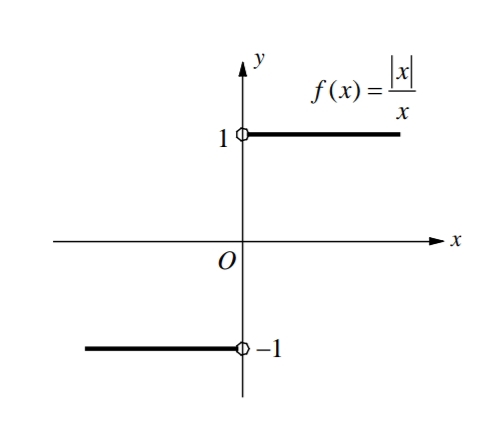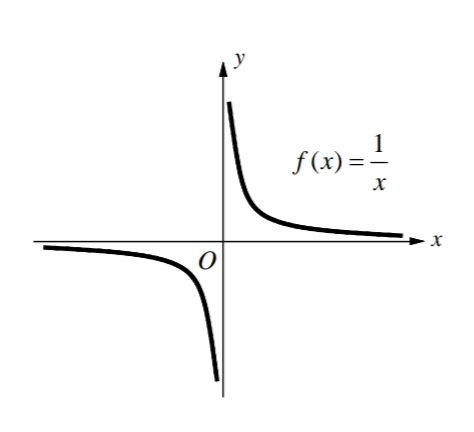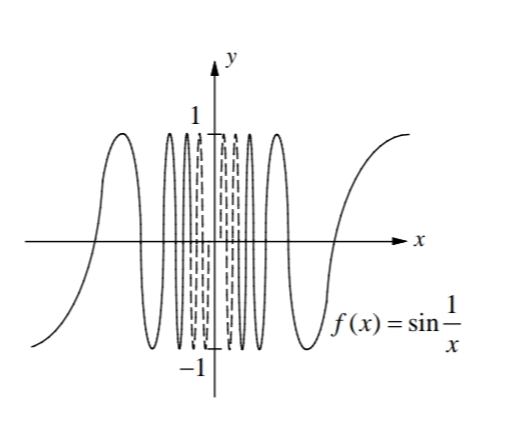Definition of Limit
The Statement
means f approaches the limit L as x approaches c.
Which is read “the limit of f(x), as x approaches c, equals L.”
Basic Limits
1. If f is the constant function f(x) = k, then for any value of c,
2. If f is the polynomial function f(x) = xn, then for any value of c,
Finding Limits Graphically
Consider the graph of the function
The given function is defined for all real numbers x except x = −1. The graph of f is a parabola with the point (−1, 3) removed as shown below. Even though f(−1) is not defined, we can make the value of f(x) as close to 3 as we want by choosing an x close enough to −1.

Although f(x) is not defined when x=−1, the limit of f(x) as x approaches −1 is 3, because the definition of a limit says that we consider values of x that are close to c, but not equal to c.
One Sided Limits
The right-hand Limit means that x approaches c from values greater than c.
This limit is denoted as
The left-hand limit means that x approaches c from values less than c.
This limit is denoted as
The Existence of a Limit
The limit of f(x) as x approaches c is L if and only if
and
Limits That Fail to Exits
Some limits that fail to exits are illustrated below.


As x approaches 0 from from the right or the left, f(x) increases or decreases without bound.

The values of f(x) oscillate between −1 and 1 infinitely often as x approaches 0.
Example 1. Find the limit.
Solution:
(c) The function f(x) is not defined when x = 0. Find the Limit Graphically.
using a graphing calculator. The limit of f(x) = (sin x)/x as x approaches 0 is 1.

Example 2. The Graph of the function f is shown in the figure below. Find the limit or value of the function at a given point.

Solution:






